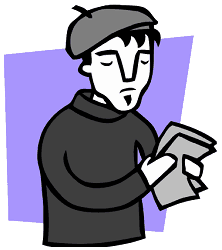
This week I posted some “Grave Humor” on the Poems page. These are epitaphs that might cause you to laugh if you found them on headstones in a cemetery. But if you are looking for more spooky/funny poems to read or share this year, here are a handful of other poems I wrote especially for Halloween.
- Halloween Party
- Halloween Cuisine
- Halloween is Nearly Here
- To Some It’s Known as Halloween
- Bouncing Off the Windows
- There’s a Witch Outside My Window
- The Horsemen Are Headless This Evening
If you want even more spooky poems, click here to read all of the monster poems currently on poetry4kids.com.
Happy Halloween everybody!









